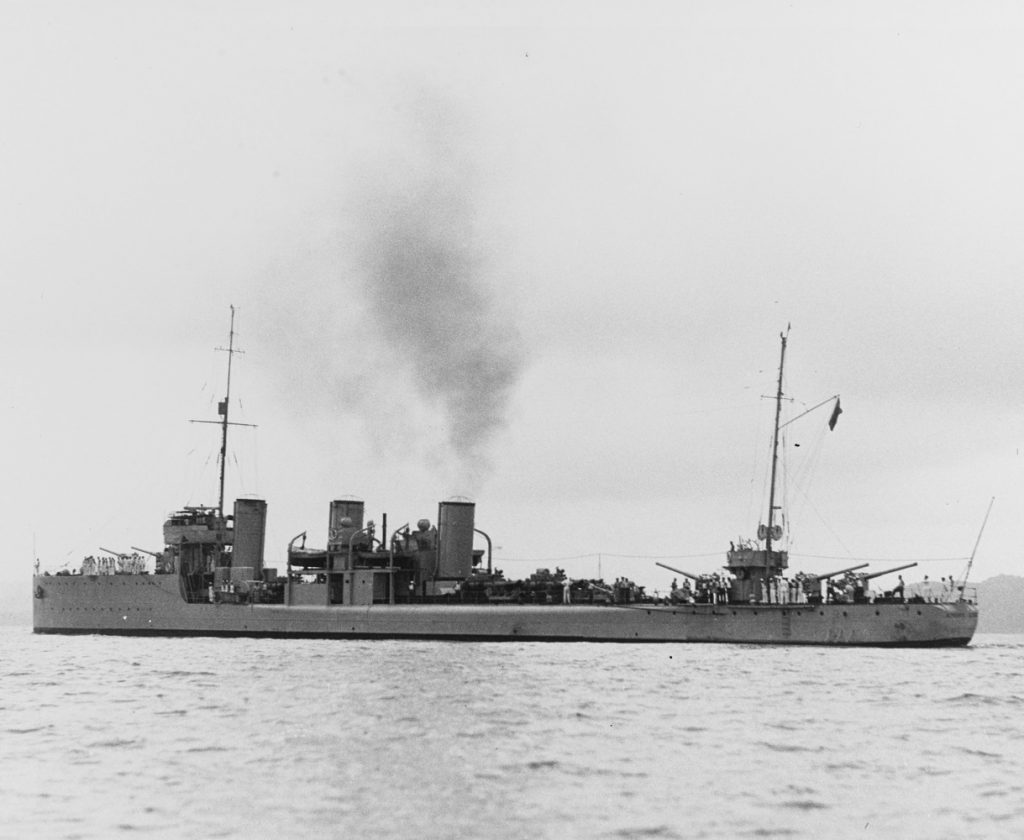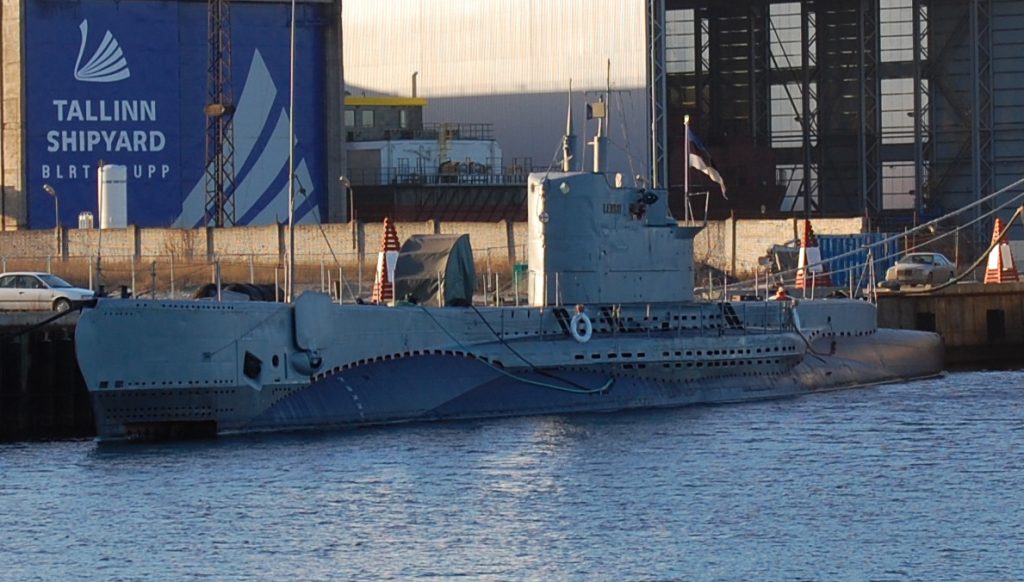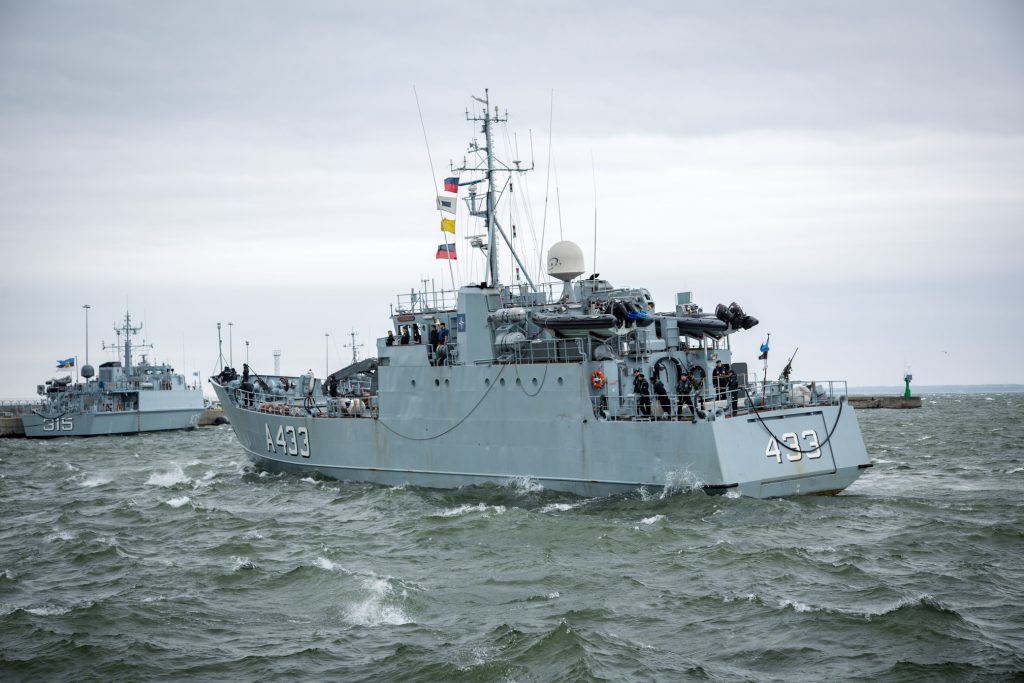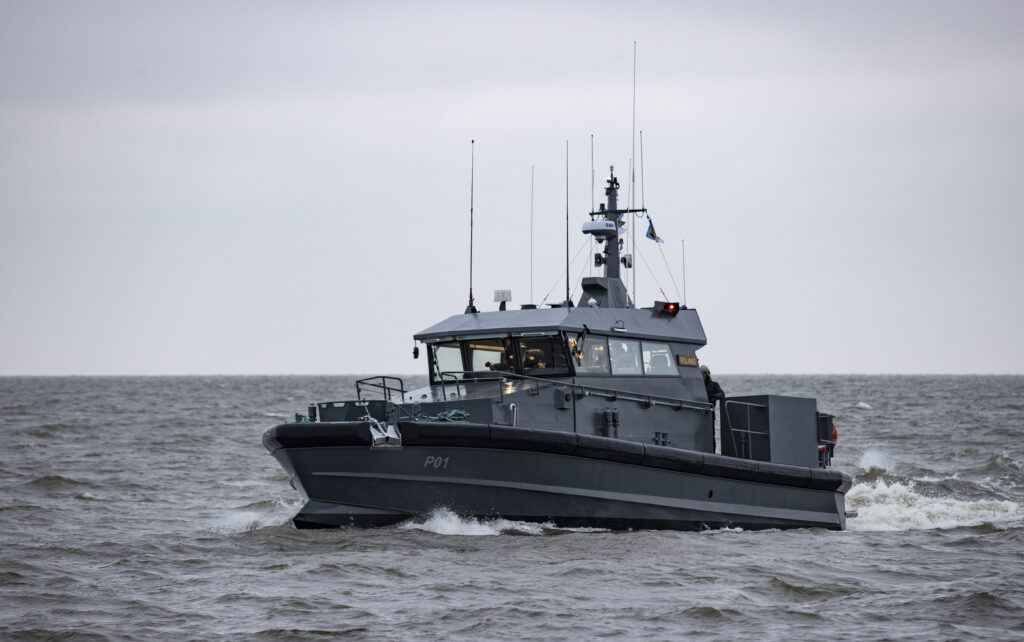The Estonian Navy is one of the smallest navies in the world with its four ships and two patrol boats; that, however, doesn’t mean it is not pulling its weight – the navy is an active participant in NATO and through its post-Soviet occupation history, it has cleared over 1,200 mines from the Baltic Sea.
The main duty of the Estonian Navy is to protect the territorial waters of Estonia. In case of a crisis, the Navy would defend the country’s harbour areas, sea lines of communication and by-sea approaches to the coastline.
The top priority for the Estonian Navy – whose slogan is “Call of the Sea – Call to Defend” to develop mine countermeasure capability – and that is one of its main responsibilities during peacetime. In the First and Second World Wars, over 80,000 sea mines were laid in the Baltic sea, and since 1995, the Estonian Navy has removed over 1,200 explosive devices from the Estonian waters.
As Estonia is a staunch NATO ally, the country’s navy also cooperates with the alliance and other navies in the Baltic Sea region to contribute to safe seagoing. Standing NATO Mine Countermeasures Group 1 is one of the main partners of the Estonian Navy in NATO – and Estonia was the first NATO ally that contributed to the unit with the required staff, a support ship and a minehunter. The Estonian Navy has also participated in many NATO naval joint-exercises, and it contributes to the European Union and the United Nation’s defence and humanitarian aid programmes.

The submarines of the pre-occupation Estonian Navy
Most of the Estonian Navy officers have been trained in European or US naval academies. In 2003, the Estonian Navy established its own Centre of Naval Education and Training to train non-commissioned officers. Each Baltic state shares its limited training resources with the others and for instance, Estonia provides communications training at the Baltic Naval Communications School in Tallinn.
The Estonian Navy was founded on 21 November 1918, shortly after the country declared its independence. Its first warships were the destroyers Lennuk (Airplane in English) and Wambola (an ancient Estonian man’s name) – gifts from the United Kingdom’s Royal Navy, captured from the Russian Baltic Fleet in 1919.

Shortly before the Second World War broke, in 1936, the Estonian Navy also launched two submarines. The first one was Lembit (an Estonian man’s name) and the second was Kalev (another man’s name). Lembit survived the war and the Soviet occupation, its sister ship, Kalev, was sunk in October 1941.
Before it was hauled out in May 2011, Lembit was the oldest submarine still afloat in the world. It also served the Soviet Navy during the occupation and was finally decommissioned in 1979. From that time onwards, it became a museum ship.

Lead vessel named after a British admiral
After the Soviet occupation, the Estonian Navy was restored within the Estonian Defence Forces on 1 July 1993. Rebuilt on the ruins of the Soviet naval bases that the occupying force left behind, now, the Estonian Navy has six ships – one Lindormen-class auxiliary ship, Wambola, three Sandown-class minehunters, Admiral Cowan, Sakala and Ugandi, and two patrol ships, Roland and Risto.
Admiral Cowan is the lead vessel of the Estonian Navy mineship division and also the first of the three modernised Sandown class minehunters the country acquired. It is named after admiral Sir Walter Henry Cowan, who led the British naval forces in the Baltic in their intervention in the Russian Civil War, providing naval support to Estonia during the Estonian War of Independence.

Sakala and Ugandi – named after ancient Estonian counties – and Admiral Cowan all used to be operated by the Royal Navy, until they were decommissioned and acquired by the Estonian Navy.
In 2021, two brand new patrol boats, christened Risto and Roland, were commissioned to the Estonian Navy – the first ones built in post-Soviet occupation independent Estonia.

Built by the Saaremaa-based Estonian company, Baltic Workboats, the patrol boats are meant to ensure the military protection of NATO and its partner countries’ warships visiting Estonia at sea and in ports. The vessels can also be used for intelligence missions, to identify foreign ships.
Cover: The Estonian Navy auxiliary ship, Wambola. Photo by the Estonian Defence Forces. This article was originally published on 1 July 2020 and lightly edited on 20 October 2021.


Good insightful article.
Ironically today Estonia has the smallest Navy of the Baltic nations. Yet for a small Navy, it is well kept,equipped, trained and, is mission capable.